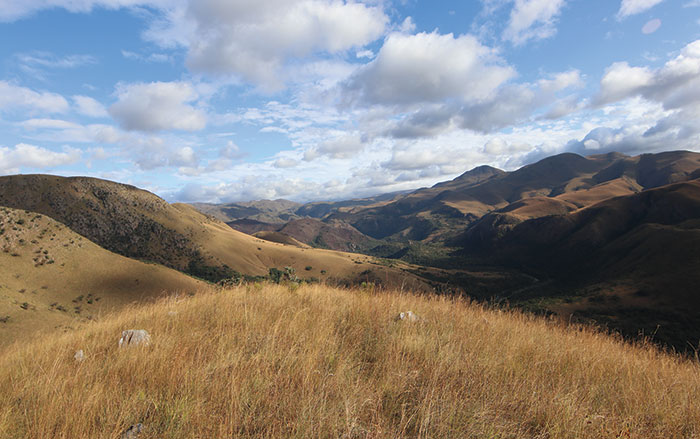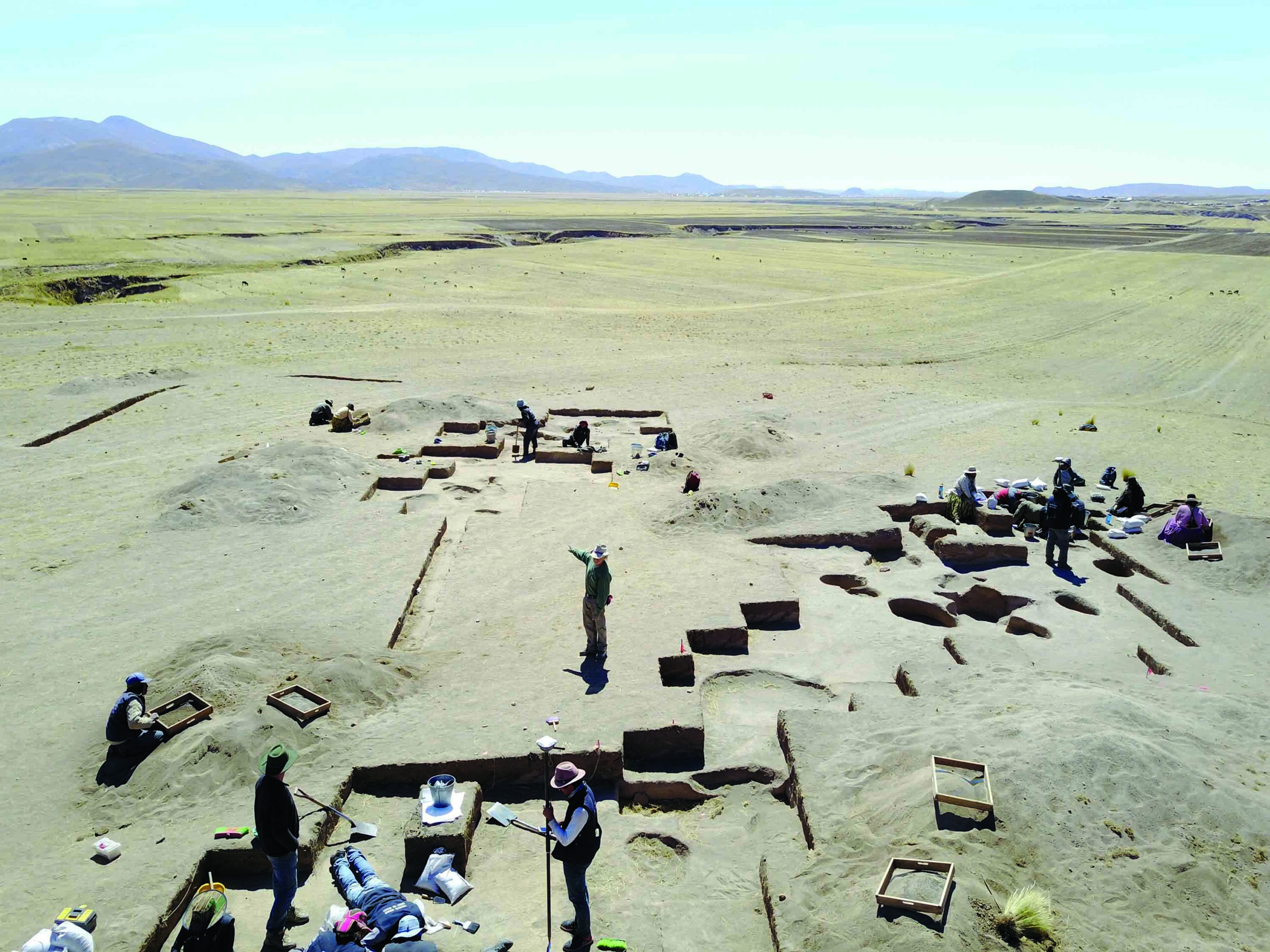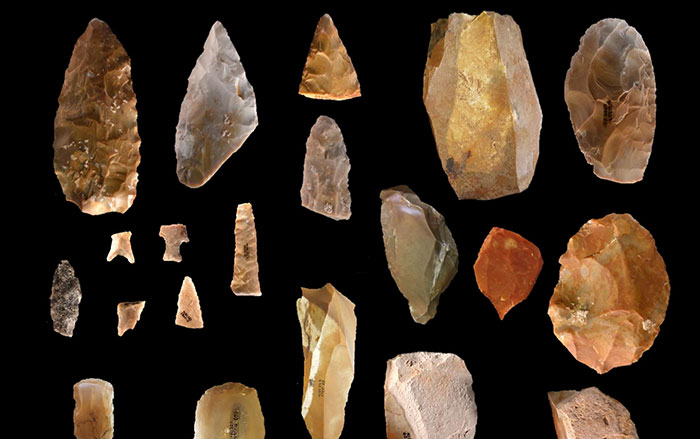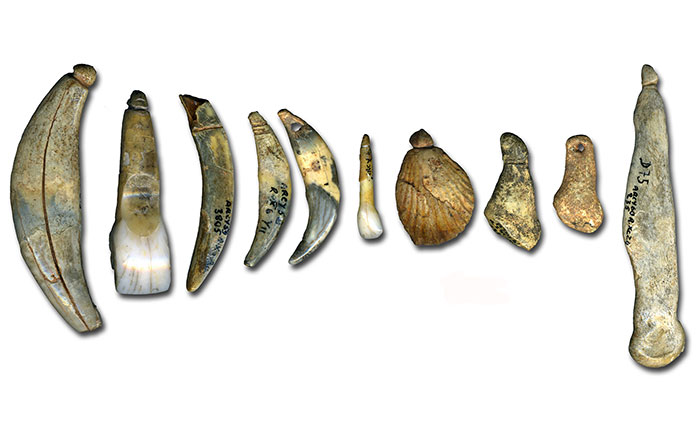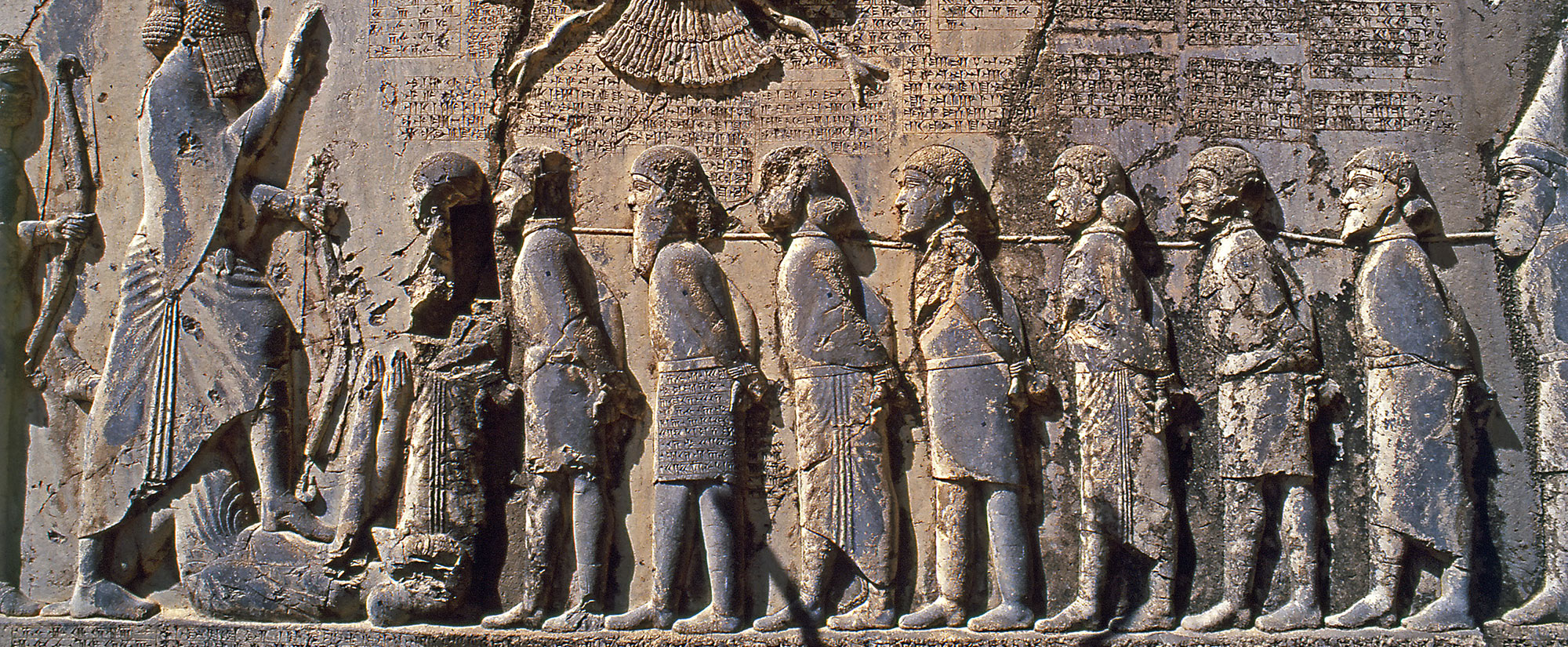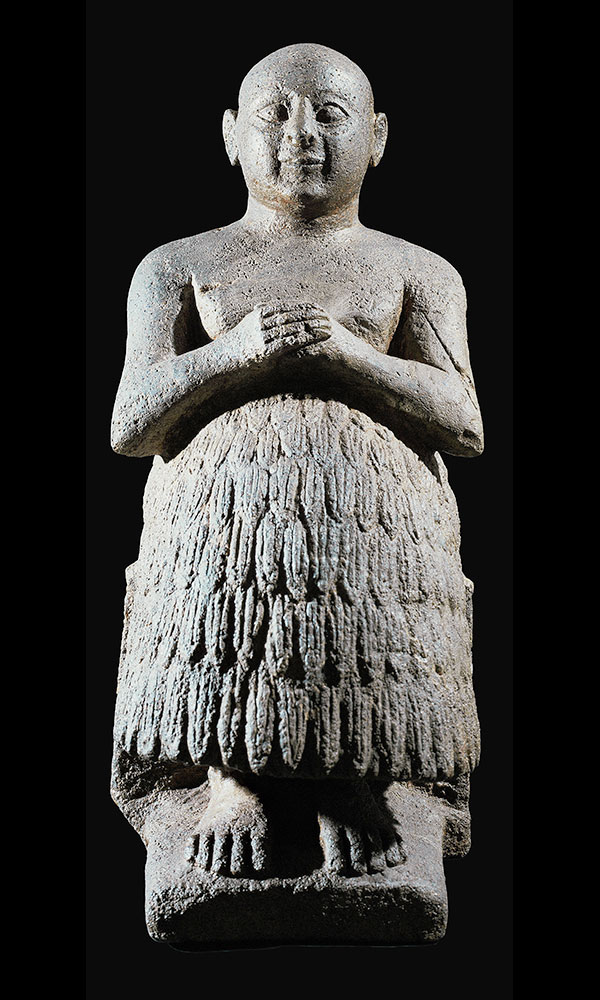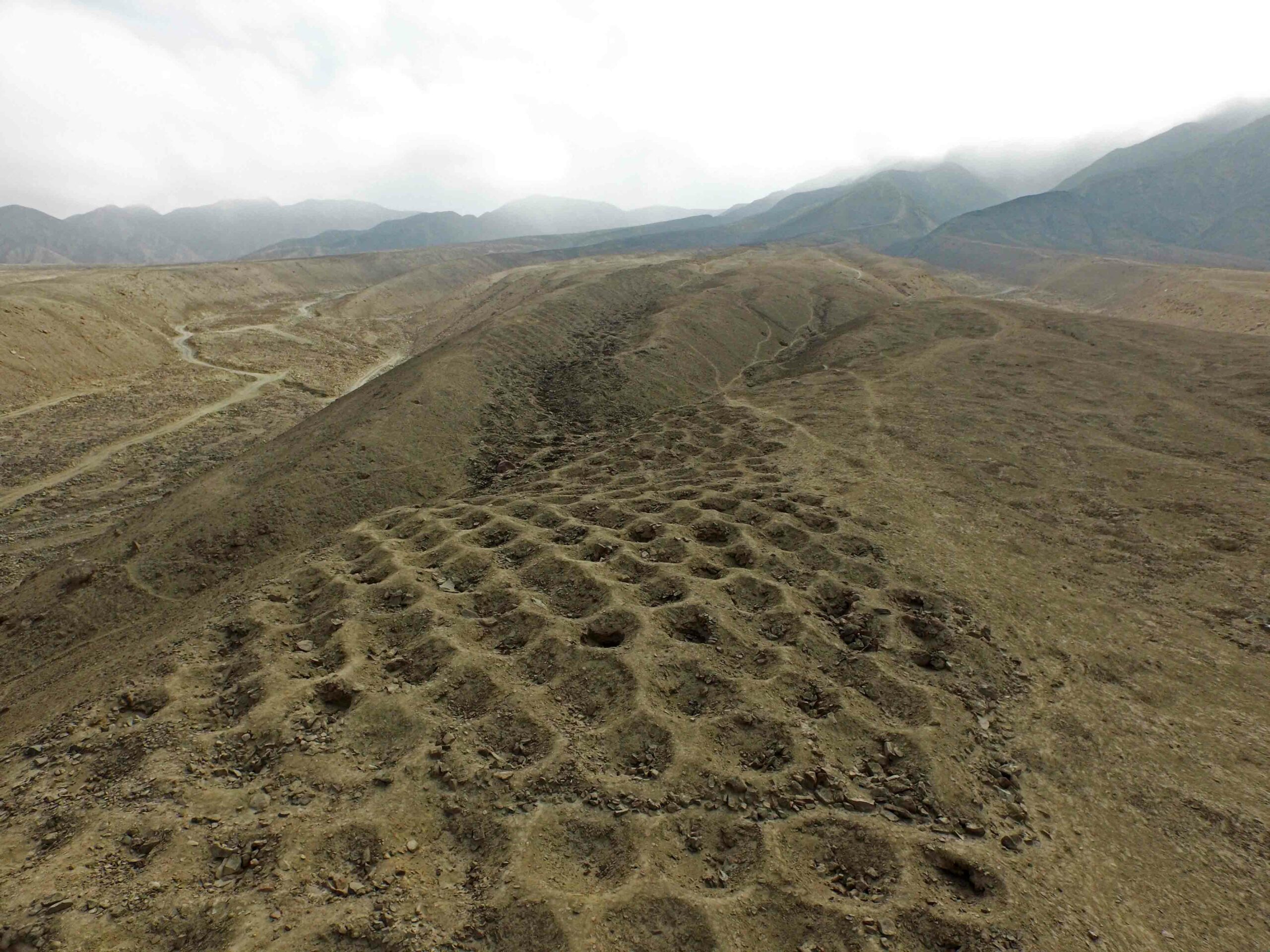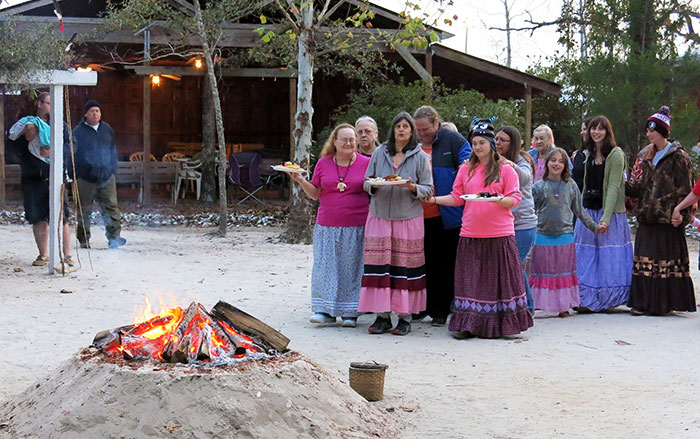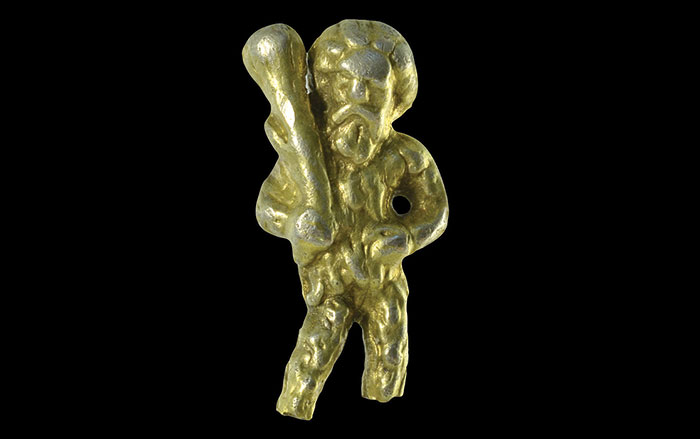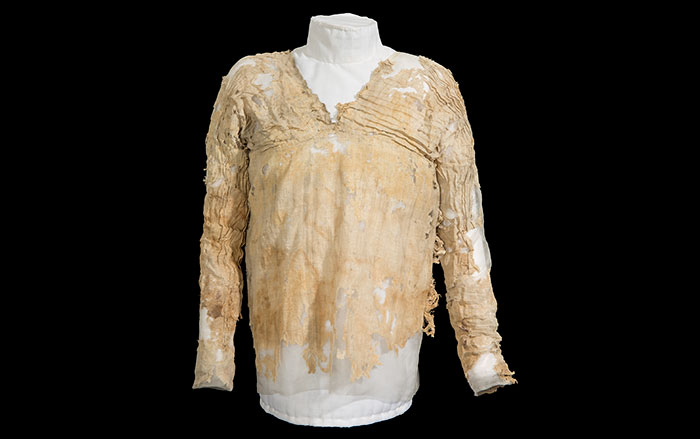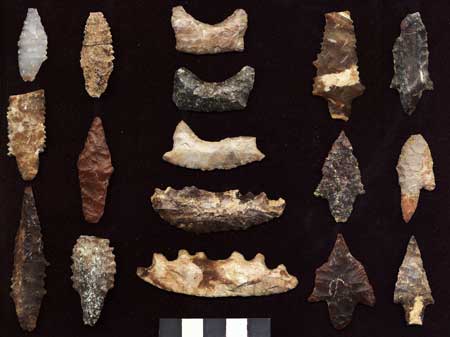
EUGENE, OREGON—Western Digs reports that archaeologist Jon Erlandson of the University of Oregon and his team predicted where they would find stone artifacts left behind by early seafaring people on Santa Cruz Island by analyzing the attributes of known Paleocoastal sites in the Channel Islands. They looked for areas with natural shelter, access to rocks and fresh water, and a view of the coastline. “We added overlook sites later as our surveys revealed that they, too, were important,” Erlandson said. In fact, two of the new sites were discovered on high bluffs overlooking the ocean. Erlandson thinks the ancient mariners valued the commanding views for spotting seals and sea lions, and maybe even other people. One of the sites has been carbon-dated to about 8,500 years ago with cast-off mussel shells. The types of tools at the other two sites suggest that they may be 11,000 or 12,000 years old. For more on early inhabitants of the Americas, go to "America, in the Beginning."


